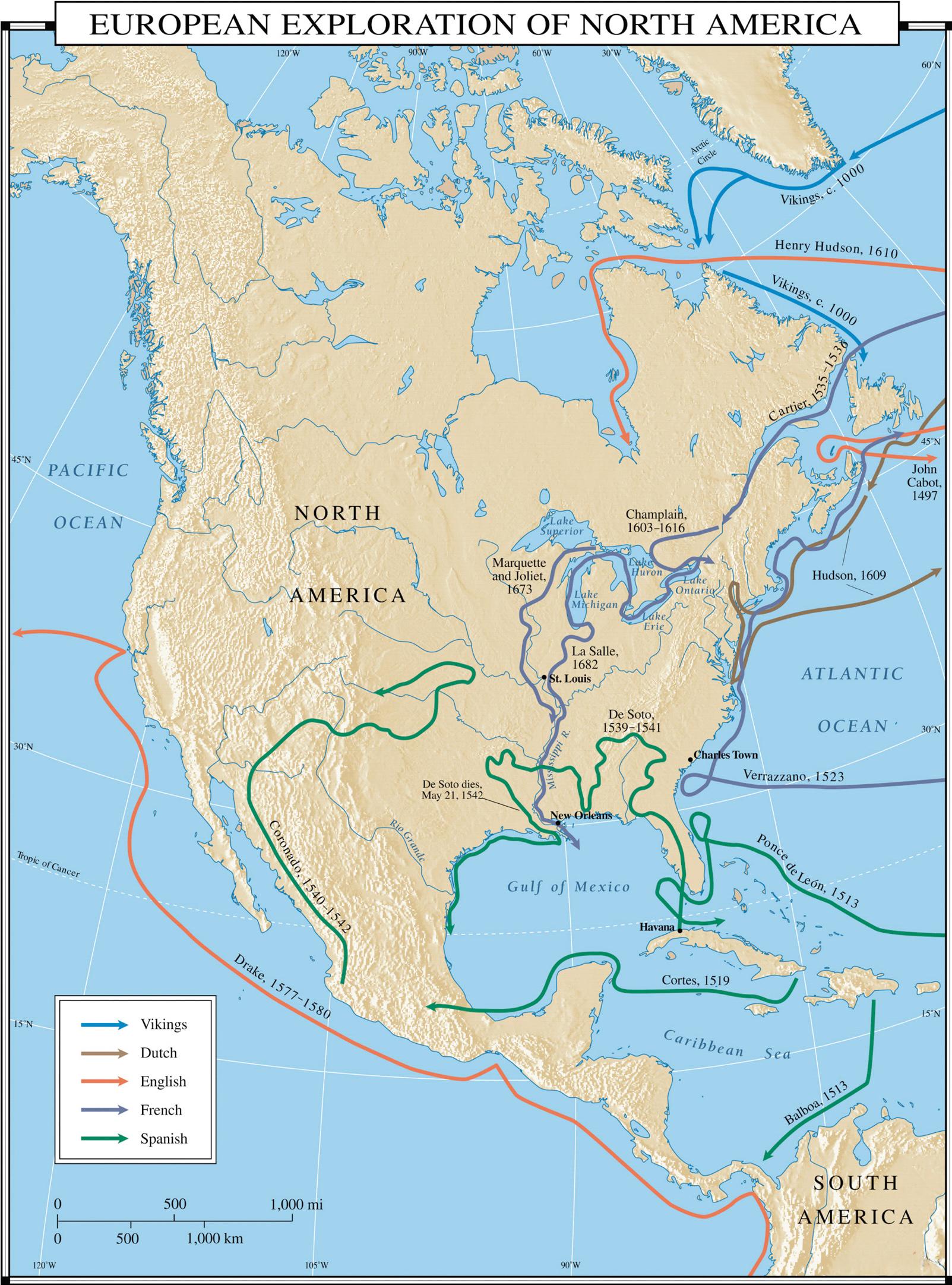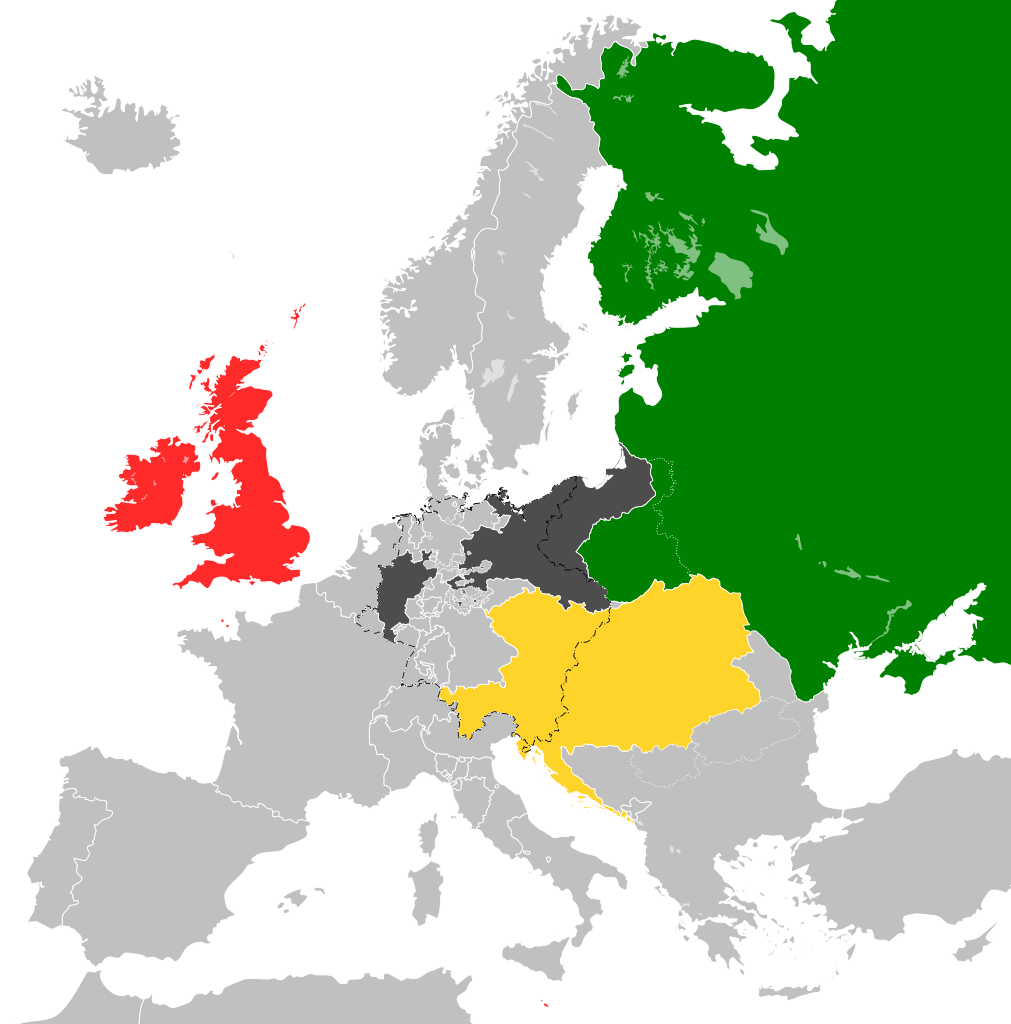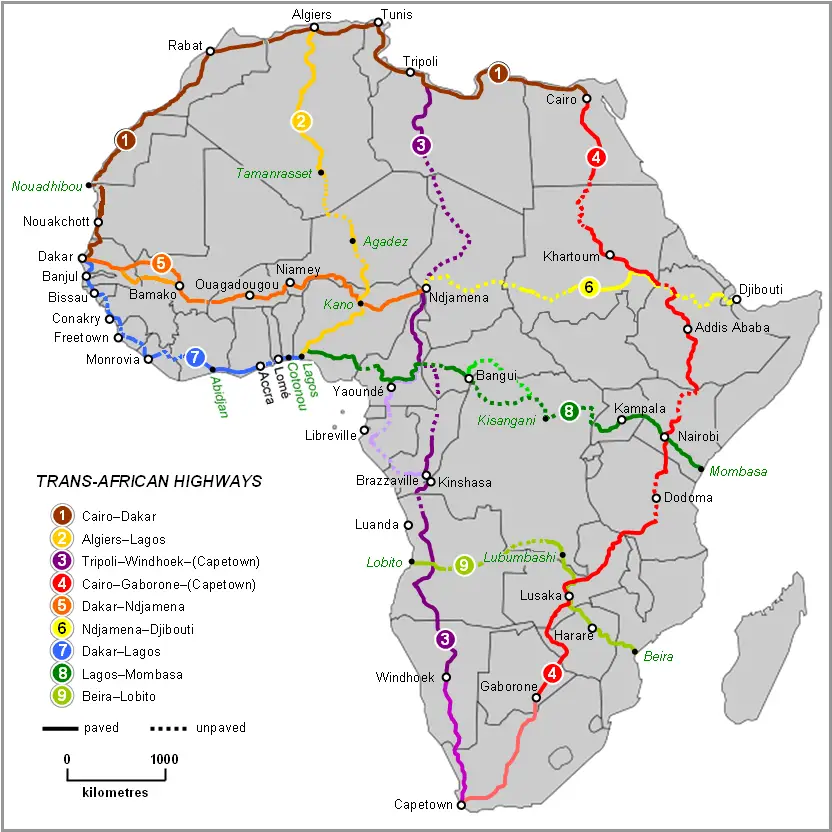Colonizability of Africa (1899)
In 1899, the colonizability of Africa was a subject of intense interest and contention among European powers. The late 19th century marked a period of intense imperial competition known as the Scramble for Africa, where European nations sought to expand their empires by acquiring territories on the African continent. The factors influencing the perception of Africa’s colonizability were multifaceted.
Firstly, the technological advancements of the time, particularly in transportation and communication, played a crucial role. The development of steamships and the expansion of railway networks facilitated easier access to the interior regions of Africa, reducing the logistical challenges of exploration and colonization. Additionally, introducing quinine as a treatment for malaria, a prevalent disease in many parts of Africa, increased European presence and exploration inland.
Strategic geopolitical considerations were another significant factor. European powers, driven by economic interests and a desire for global dominance, viewed Africa as a source of valuable natural resources, including minerals, rubber, and timber. The control of these resources was seen as essential for industrial development and economic prosperity.
Furthermore, the ideological climate of the time, characterized by notions of racial superiority and the “civilizing mission,” influenced the perception that European colonial powers had a duty to bring their version of civilization to the African continent. This ethnocentric perspective fueled imperialistic ambitions and justified the expansion into African territories.
Below is the map of “Colonizability of Africa” created by Sir Harry Johnston.

Yellow: Fairly healthy Africa; but where unfavorable conditions of soil or water supply, or the prior establishment of warlike or enlightened native races or other causes, may effectually prevent European colonization.
Gray: Unhealthy but exploitable Africa; impossible for European colonization, but for the most part of great commercial value and inhabited by fairly docile, governable races; the Africa of the trader and planter and of despotic European control.
Black: Extremely unhealthy Africa.
As a result, by 1899, much of Africa had already been colonized or was under the influence of European powers. The Berlin Conference of 1884-1885 formalized the rules for African colonization, setting the stage for the subsequent partitioning of the continent. The borders drawn during this period often disregarded ethnic and cultural divisions, leading to long-term consequences for the African nations.
To learn more about the colonization of Africa, have a look at the following books:








